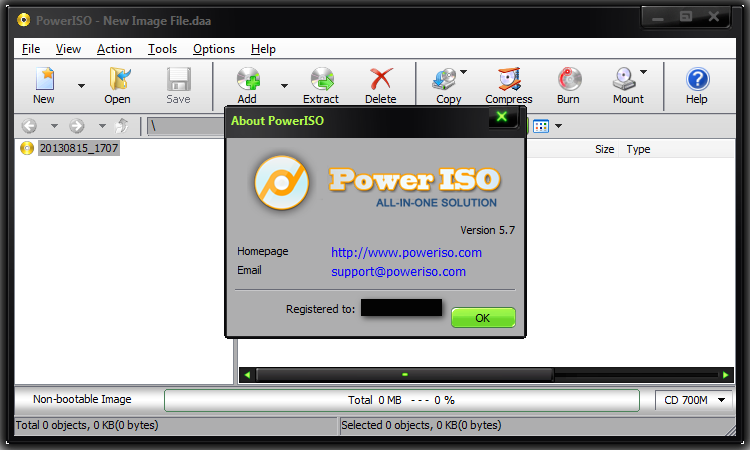Windows Server 2003 Standard Bootable Iso On Usb

To create a bootable Windows 2003 CD-ROM, you first need to extract the boot sector of an existing Windows 2003 installation CD-ROM. (This procedure should also work to create a Windows XP bootable CD-ROM; simply capture the boot sector of an XP CD-ROM.) To extract the boot sector, I used the IsoBuster CD-ROM and DVD data-recovery tool, which you can download. After you install IsoBuster, perform these steps: • Insert the Windows 2003 CD-ROM that you want to integrate with SP1. • Open IsoBuster and select Bootable CD from the left pane, right-click the Microsoft Corporation.img file, and select Extract Microsoft Corporation.img from the context menu, as the shows. • Enter a name for the boot sector you're extracting and click Save. • Exit IsoBuster. Alternatively, you can use a pre-extracted Windows 2003 boot sector file called Windows2003StdCDBootSector.img, which you can download.
Next, you'll create the new structure for the Windows 2003 with integrated SP1 CD-ROM by performing these steps: • Create a new folder on a local file system, and name the folder windows2003sp1. • Copy the contents of the existing Windows 2003 CD-ROM to the new folder. • Create an extracted version of the service pack that you want to slipstream (in this example, SP1). To do so, download the service pack, then execute it with the /x switch, as in the following example: /x • Open the extracted service pack, navigate to the 'update' subfolder, and run this command: update /integrate: as in this example update /integrate:D: temp windows2003stdsp1 You can also choose to not extract the service pack first and instead simply add the /integrate switch to the downloaded SP1 file, as in this example: /integrate:. The integrate switch tells the update command to integrate the service pack files into an existing Windows 2003 installation source. Download airbus maintenance training manual free.
Sep 15, 2015 - In this post we will explain how to create a bootable USB for Windows Server 2003 using CloudBerry Backup. For newer versions of Windows.
You can also update the support tools and deployment tools with their SP1 versions. (For download information, see the FAQ 'Where can I get the updated support tools and deployment tools for Windows Server 2003 Service Pack 1 (SP1)?' At.) Rename the downloaded deployment tools.cab file to deploy.cab and place the file in the support tools subfolder of the Windows 2003 CD-ROM folder that has the slipstreamed SP1 (replacing the existing deploy.cab file). To update the SP1 support tools, extract them to a new folder using the command c t as in this example: D: temp windowsserver2003-kb892777-supporttools-x86-enu.exe /c /t:d: temp 2003sp1suptools Copy the four extracted files (sup_pro.cab, sup_srv.cab, support.cab, and suptools.msi) to the support tools folder of the Windows 2003 folder. You're now ready to burn this new structure and the boot sector you extracted earlier to a CD-ROM to make a bootable Windows 2003 CD-ROM that has SP1 slipstreamed into it. For this example, I used the Nero 6.6 CD-ROM burning software, but you can use any CD-ROM burner software that lets you create a bootable CD-ROM. To create the Windows 2003 CD-ROM, perform these steps: • Start the Nero or other CD-ROM burning application.

• From the File menu, select New. • From the list of CD type options, select CD-ROM (Boot). • Select the Boot tab, then select 'Image file' and enter the location of your boot sector image file. Check the 'Enable expert settings' and set the emulation to 'No Emulation.' Set the load segment to 07C0 and the number of sectors to 4, as the shows. • Select the Label tab and enter the volume label of the original CD-ROM (e.g., NRMSFPP_EN for Windows 2003 Standard Server). • Under Burn CD, select the 'Finalize CD (No further writing possible!)' option.